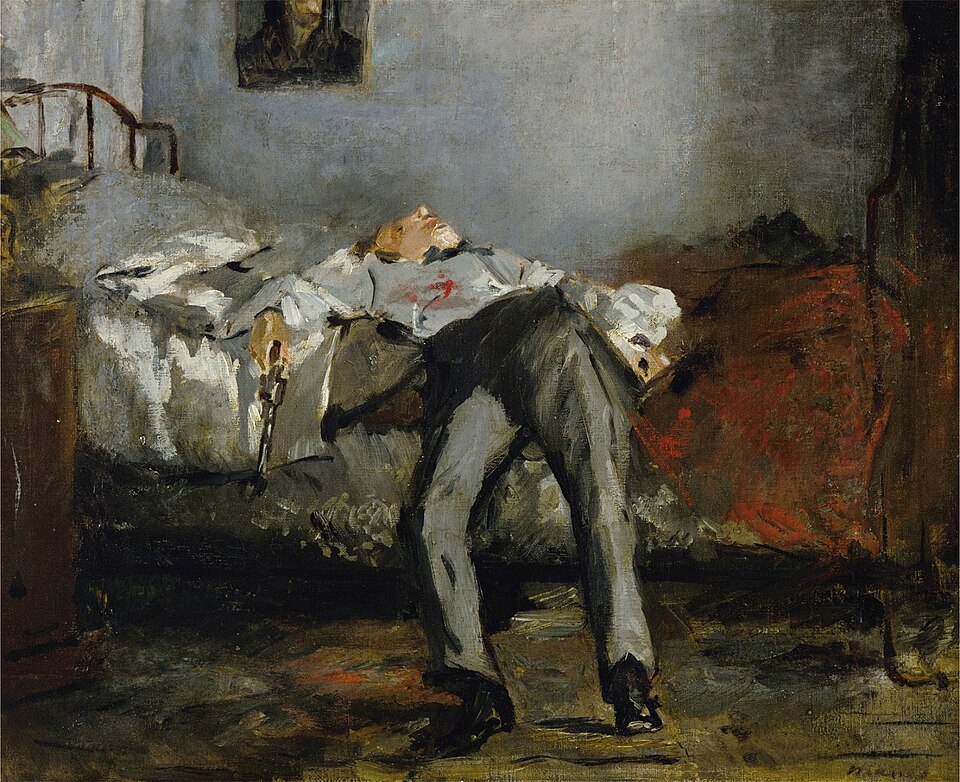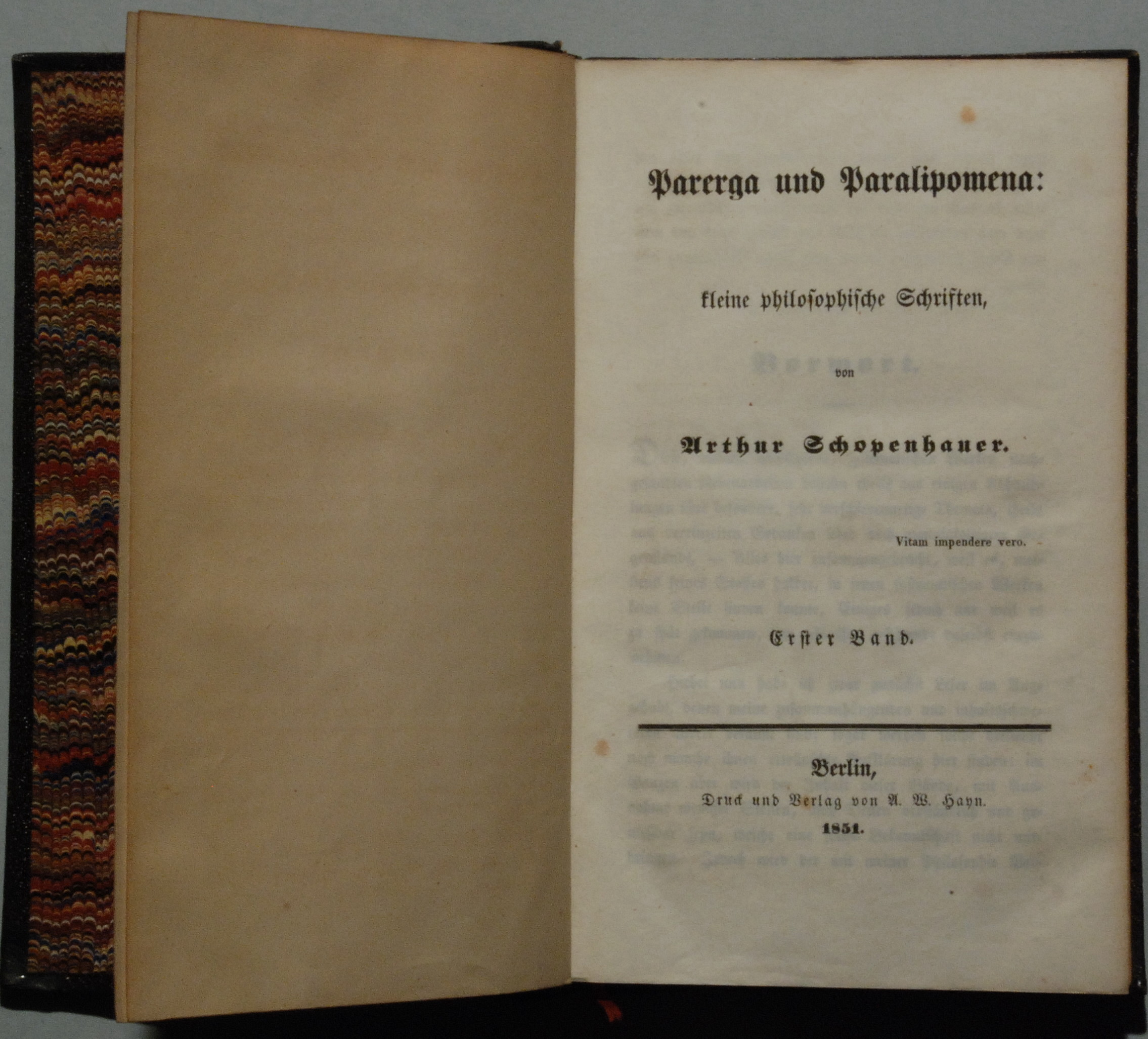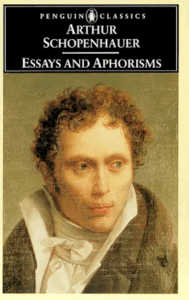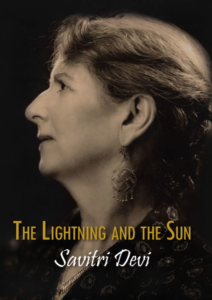to Robert

Le Suicidé by Manet (ca. 1877-1891).
This morning, Robert commented on this site. I empathise with him because I feel the same way: Kali Yuga is killing the spirit of noble men, while all we see around us is racial betrayal and the cult of ugliness (the antithesis of the benign world in Germany glimpsed in the Beethoven film I recently promoted). Since I, too, especially in the mornings when I wake up, find myself in a state of anxious despair that eats away at my soul, I understand Robert.
But we know the medicine.
Robert: Have you read the featured article carefully?
The solution to our dilemma lies in forming a brotherhood of the sacred words. That obviously implies that some of us priests live together. I find it pathological that we live so far apart. If we lived together, it would be very easy to plan the content of the next podcast: it would be a daily show, almost every day of the year, in which two or three priests would sit around a round table to discuss current affairs (I mentioned something about this in my post on 17 December).
Precisely because that podcast would show how folk like Nick Fuentes are stuck in the middle of the Rubicon, with us talking on solid ground on the other side of the river, it would be the most radical audio-visual podcast of all the racialist forums, without comparison!
I don’t know if you’ve read my article on depression. Depression is hatred/anger repressed due to the norms of stupid society, whether it be to comply with the fourth Judeo-Christian commandment, or in our case, because we are atomised due to the idiotic behaviour of “white nationalists” who don’t live under the same roof to create the proper Männerbund.
But simply living together wouldn’t be enough to cure us of depression. What cures us is open, inflammatory, blatant and public genocidal hatred: what we would do daily in the podcasts!
Of course, that would be unnecessary if there were already a revolution, at least in a Western country: we would simply go there to fight, even if we died in the fray. But there is no revolution because all Aryan men, including white nationalists, share ethnosuicidal Christian ethics (as we saw recently when discussing Richard Spencer’s recent interview with Fuentes).
It is Christian ethics that we must first break down so that Aryan men dare to do something substantial in the real world (although, for the moment, only at the podcast level). Being atomised will only continue to destroy our spirit. Alas, some make these podcasts in the wrong country, like our friends Joseph Walsh and Chris Gibbons, who are serving years in prison in the UK due to their Black Wolf Radio.
If Europeans took their priestly vows (cf. the featured article once again), they could come to a country where it would be possible to have an audio-visual equivalent of Black Wolf Radio without running afoul of European, Canadian or Australian laws, whose governments seem intent on eradicating white populations (that also happens in the US, but at least they have the First Amendment there).
While you take your vows, as I suggested today, read William Pierce’s novel. It will immediately lift you out of your depression. But it will return after a day when you finish it, because there are no men like that in the West. Racialists are all like those women I was talking about recently (the refugee ladies during the Battle of Blackwater). They are so feminised that they are waiting for a hero on a white horse to come and rescue them, instead of being that hero themselves.
This sheds light on my post about the Eroica Symphony and why it made me cry: those were times when the ideals of the French Revolution inspired Beethoven, although, as we see in the film, he later tore up the page, very angry, on which he dedicated the symphony to Napoleon when he crowned himself emperor.
Understanding that music and getting out of depression are two sides of the same coin (Beethoven himself harboured suicidal ideation before composing the Eroica). Regarding us, only by living together will it be possible to have a kind of Spartan Syssitia that lifts our spirits. (The alternative is becoming prey to the noonday demons and ending up like the guy in Manet’s painting.)







